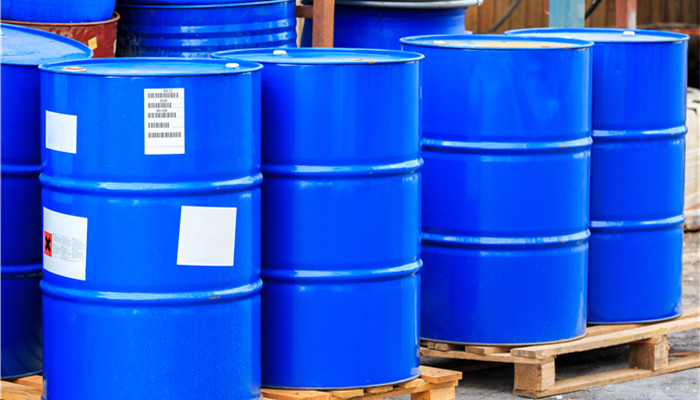
my country’s polycarbonate diol (PCDL) market demand is growing and the industry’s localization process is accelerating
Polycarbonate diol (PCDL), also known as polycarbonate diol, has a molecular formula of C19H24O5 and is the raw material for the synthesis of a new generation of polycarbonate polyurethane. Compared with traditional polyols, polycarbonate diols have hydrolysis resistance, weather resistance and abrasion resistance, and can be used to produce synthetic leather, TPU elastomers, adhesives, water-based polyurethane emulsions, urethane coatings and other products.
There are many raw materials for polycarbonate diol, including 3-methylpentanediol, 1,6-hexanediol, 1,4-cyclohexanedimethanol, 1,4-butanediol, and 1,5-pentanediol. Alcohols and other polyols and carbonates, etc. The transesterification method is the main preparation method of polycarbonate diol. It uses polyol and carbonate as the main raw materials, and obtains the crude polycarbonate diol product through transesterification polycondensation reaction, which is then stirred with diisocyanate. The final product is produced. The transesterification method has the advantages of fast reaction speed and mild reaction conditions, and is suitable for large-scale production.
Polyurethane is the end product of polycarbonate glycol. Polyurethane (PU), also known as polyurethane, is a polymer compound and is known as the “fifth largest plastic”. In recent years, polyurethane has been widely used in many fields due to its excellent properties, including synthetic leather, TPU elastomers, adhesives, water-based polyurethane emulsions, urethane coatings, etc. As the development of the polyurethane industry accelerates, the market demand for polycarbonate diols further grows. According to the “2023-2028 China Polycarbonate Diol (PCDL) Industry Market In-depth Research and Development Prospects Forecast Report” shows that the global polycarbonate glycol market will reach US$230 million in 2022, a year-on-year growth of 4.2%.
Due to factors such as high technical barriers and insufficient supply of raw materials, my country’s polycarbonate diol has long been dependent on imports. Japan’s Tosoh Corporation (Tosoh), Japan’s Ube Industries Co., Ltd. (Ube), Japan’s Kuraray Corporation (KURARAY), Japan’s Asahi Kasei Corporation (AsahiKasei), Sweden’s Perstorp Chemical Company (Perstorp), Germany’s Covestro ( Covestro) and others are world-renowned polycarbonate glycol manufacturers. Japan’s Asahi Chemical has become the world’s largest polycarbonate glycol manufacturer and occupies a dominant position in my country’s market.
In recent years, Chinese enterprises and related scientific research institutions have continued to increase their research efforts on polycarbonate diols, which has accelerated the localization process of the industry. Yuanli Technology and Wanhua Chemical are the main manufacturers of polycarbonate diols in my country. In January 2023, the carbonate glycol device independently developed by Yuanli Technology successfully produced qualified polyurethane products.
Industry analysts said that polycarbonate diol, as an important raw material for the synthesis of a new generation of polycarbonate polyurethane, has excellent performance. The application prospects are broad. In recent years, benefiting from the increasing prosperity of the polyurethane industry, the market space of polycarbonate glycol has continued to expand. For a long time, my country’s polycarbonate glycol has mainly relied on imports. As local companies continue to improve their independent research and development capabilities, the localization process of my country’s polycarbonate glycol industry will accelerate.

 微信扫一扫打赏
微信扫一扫打赏

